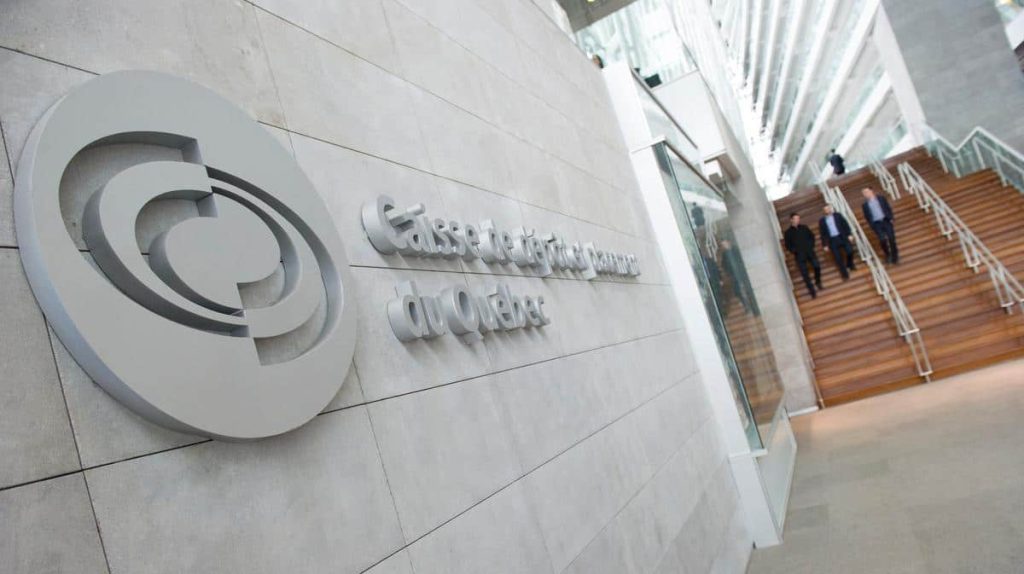
The Caisse de dépôt et placement du Québec Infra (CDPQi) will present a long-awaited report on transport and inter-river movements in Quebec next week. What should we expect from this analysis at the request of the Legault government? News magazine The most anticipated report of the year takes place in the Capital-National Region.
command
On November 8, after an explosion in costs, the government pulled the 19.3 km tramway project from Quebec City and gave CDPQi a six-month mandate. It aims to “identify a structured transportation project to improve public transportation to Quebec City” and “improve mobility and fluidity within Quebec's metropolitan community, particularly between the two coasts.” The analysis must be based on existing studies and analyze the current service of the territory. It must identify “corridor options and modes of travel that meet the needs of current and future users.” To do this, it takes into account the development objectives of travel generating centers and cities.
The actors met
To refine its approach, CDPQi held a marathon of meetings “with the many stakeholders involved in this project.” The whole thing lasted for a hundred days and ended in early May. In total, Caisse met with 170 “stakeholders”. The mayors of Quebec and Lévis, opposition political parties, pro-public transit groups, tramway opponents, but also “large employers, generators of travel, education and health institutions, economic, environmental and transport groups, as well as other actors connected to or interested in mobility,” CDPQi lists. did
Possible Conclusions
Caisse's approach essentially makes it possible to identify the best structural transport policy for Quebec. Mayor Bruno Marchand has always repeated that Prime Minister François Legault promised him that the backbone of a future structured transport network would not be made up of buses. Thus, all structuring modes are on the table. There are four railways running: tram, light rail system, metro and light rail. CDPQi must also consider potential routes. The other aspect of inter-river mobility could lead to proposals for a third highway link or reserved for public transport, or even improving the two existing links, the Pierre-Laporte and Quebec bridges.
Estimates of mayors
The mayors of Quebec and Lévis are eagerly awaiting the submission of the CDPQi report. For his part, Bruno Marchand has shown a certain confidence over the past few days. The man who chose to comply with the government's decision in November and cooperate with the Caisse confirmed this week that he is not so attached to the tramway and wants to rapidly complete the “structuring network” regardless of the mode. Selected transport. He also wants the CAQ to be in place soon. For his part, Gilles Lehoulier seemed preoccupied. He said he was concerned about the “silence” of CAQ elected officials who, according to him, did not dare to publicly voice their support for the third link project. Mr. Lehouillier has been promoting the motorway link for years.
Who will manage the project and at what cost?
These questions persist. Will the City of Quebec be the project manager? Would CDPQi be interested in undertaking a project in Quebec? Or does it fall under the umbrella of Transport Minister Genevieve Guilbault's Mobilite Infra Quebec agency? The latest version of the tram, proposed by Bruno Marchand as the prime contractor for Quebec City, is estimated at $8.4 billion. Earlier, the mayor had terminated the procurement process because no private consortium had submitted a proposal and, in any event, the costs of the sole bidder in the running ranged from $12 billion to $13 billion. However, it has development on the way. CDPQi can only provide an invoice for the transport infrastructure component. Quebec City hopes to have access to a collaborative approach that will help reduce costs.
Four main construction modes on rails
Tram
- A train traveling in a dense urban environment
- More or less integrated with traffic
- Stops often
- Example: Bordeaux
SLR (Light Rail System)
- The train is often faster than the tram
- Long distance services in less urbanized areas
- Stops less often
- Usually travels in the designated right-of-way (crosses other roads) or exclusively
- Examples: Ottawa OTrain, Calgary CTrain, Waterloo LRT
Metro
- Heavy cars
- Travel in a unique way, never crossed by any other mode
- Automated driving
- May be underground, above ground or above ground without crossing any street
- Example: Montreal Metro
Light rail
- Like a metro, but with fewer vehicles, smaller stations and lighter investments
- Example: Reso Express Metropolitan (REM)
Tram, LRT and Light Rail can be operated with same vehicles and same train sets.

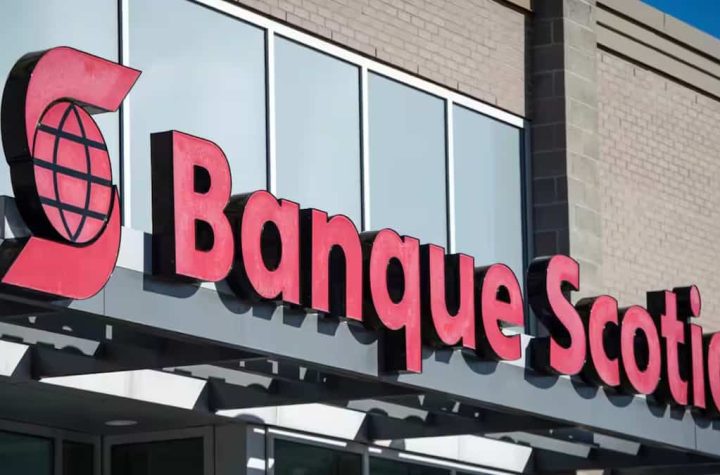
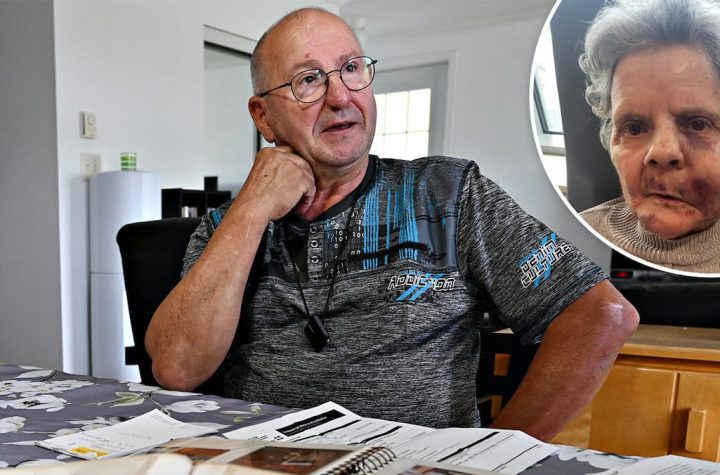
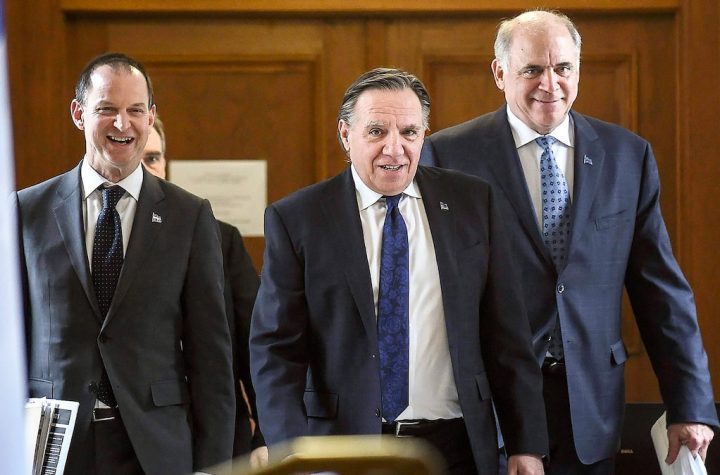
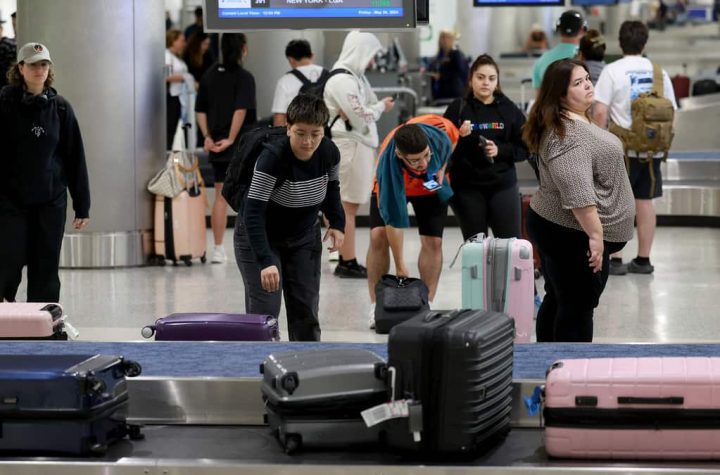
More Stories
Scotiabank customers can't get their pay: “We've fixed the problem”
His wife was badly beaten at CHSLD
Here is my response to Minister Pierre Fitzgibbon's insult about the school tax